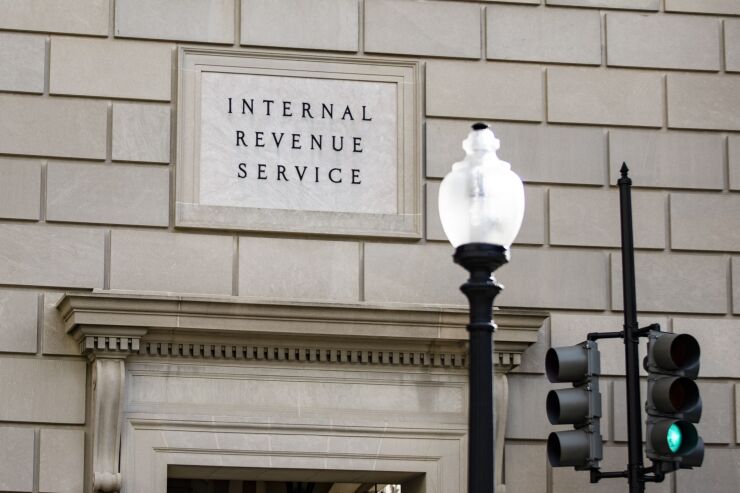The Internal Revenue Service proposed regulations lowering the threshold so more employers will need to electronically file information returns such as W-2 and 1099 forms instead of filing them on paper.
The
The proposed regulations would gradually lower the threshold from 250 to 100 for information returns required to be filed during calendar year 2022, and then from 100 to 10 for information returns required to be filed after 2022. That would allow the IRS adequate time to ensure it has enough resources and updated programming to seamlessly handle and process the increased number of electronically filed information returns and the applications required to e-file those information returns.
Among the returns that would be required to be filed electronically are Form 1098-C, “Contributions of Motor Vehicles, Boats, and Airplanes,” Form 1098-Q, “Qualifying Longevity Annuity Contract Information,” Form 1097-BTC, “Bond Tax Credit,” Form 8300, “Report of Cash Payments Over $10,000 Received in a Trade or Business,” and partnership returns for partnerships with more than 100 partners.

The proposed regulations could help an overburdened IRS deal with processing the overwhelming volume of returns it regularly receives. Since the pandemic began last year, the IRS has struggled to keep up with the paper tax returns it receives, and there has been a long backlog of unprocessed paper returns this year as well. The proposed changes date back even before the Taxpayer First Act, with the partnership returns proposal coming from an earlier law allowing the IRS to audit large partnerships in a more streamlined way, and others coming in 2018.
“The changes relative to the electronic filing threshold and e-filing requirements for information returns were contemplated as early as 2018 when the Tax Technical Corrections Act of 2018 was passed,” said Paul Ogawa, senior regulatory counsel and expert at Sovos, a tax compliance software company. “Although there have been amendments to the original proposal through the Taxpayer First Act of 2019, what’s certain is that these proposed changes to the regulations are a sign that the threshold reduction will likely become a reality as of calendar year 2022.”
He believes small businesses will be the ones most affected by the proposed changes. “This change will have the biggest impact with smaller organizations with limited resources, most of whom are filing the 1099-MISC and/or the 1099-NEC for vendors and independent contract workers,” he said in a statement. “To put it into perspective, in 2019, nearly 30% of all 1099-MISC forms were still filed on paper so this has the potential to impact thousands of these smaller filers. In addition, the notice signals a switch next year to 10 forms, which will potentially impact hundreds of thousands and potentially millions of very small filers.”
Ogawa advises companies to begin familiarizing themselves with the proposed rules and amendments before they’re formally adopted. “In particular, the removal of the non-aggregation rule (Section 2D) to calculate the e-file threshold and the rule regarding correction submissions being consistent with the original filing method (Section 2E) should be of general concern to all taxpayers in addition to the timing of the lowered e-file threshold,” he stated. “For smaller filers a proactive evaluation of current manual processes and existing systems to see if they support e-file when and if required is also a prudent step to address sooner rather than later.





